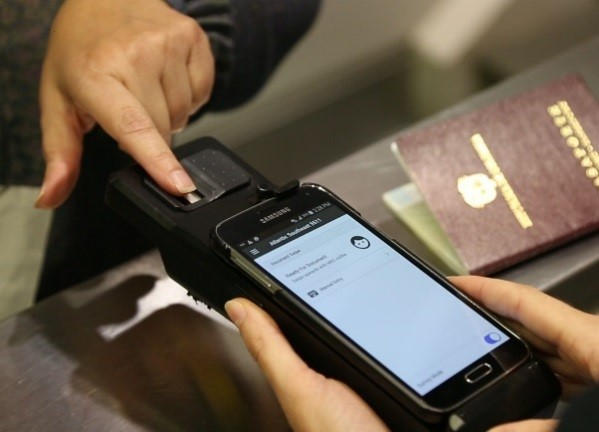WSi News2017-07-17 12:30:11
CBP Deploys Biometric Exit Technology to Chicago O’Hare International Airport
U.S. Customs and Border Protection announced today the deployment of facial recognition biometric exit technology to Chicago O’Hare International Airport (ORD) for select flights from ORD. The deployment builds upon a June 2016 pilot at Hartsfield-Jackson Atlanta International Airport using facial recognition. CBP recently deployed the technology to Washington Dulles International Airport and George Bush Intercontinental Airport in Houston. Future deployments are planned for additional airports this summer.
“Through our consultations with the airlines and airport stakeholders, and based on the success of several pilots, CBP determined that facial recognition was a viable exit solution,” said John Wagner, Deputy Executive Assistant Commissioner, Office of Field Operations. “With the expansion of this technology we will be looking at different flights, airports, lighting conditions, and internal IT configurations to demonstrate to our stakeholders that this solution is flexible, reliable and easy for travellers to use.”
Using the flight manifest, CBP builds a flight specific photo gallery using photographs from the travel document the traveller provided to the airline. CBP then compares the live photo against the document photo in the gallery to ensure the traveller is the true bearer of the document. If the photo captured at boarding is matched to a U.S. passport, the traveller—having been confirmed as a U.S. citizen—is automatically determined to be out of scope for biometric exit purposes and the photo is discarded after a short period of time. CBP remains committed to protecting the privacy of all travellers.
Delta and JetBlue recently announced collaborations with CBP to integrate facial recognition technology as part of the boarding process. Delta is testing eGates at John F. Kennedy International Airport and Hartsfield-Jackson International Airport and JetBlue is testing facial recognition technology at Boston Logan International Airport that allows passengers to self-board without scanning a boarding pass.
There are several legislative mandates that direct the Department of Homeland Security to record the arrival and departure of non-U.S. citizens by collecting biometrics. CBP first established biometric screening procedures based on digital fingerprints for certain non-U.S. citizens in 2004 to secure our borders and ensure that the foreign travellers presenting themselves for admission to the United States are who they claim to be.
